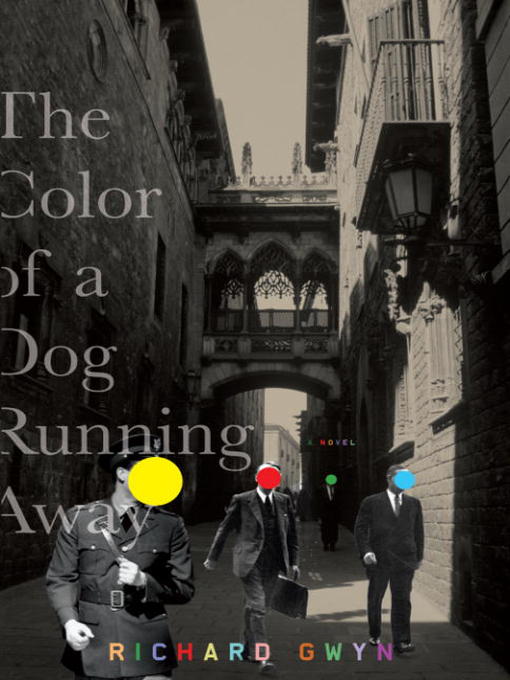
The Color of a Dog Running Away
کتاب های مرتبط
- اطلاعات
- نقد و بررسی
- دیدگاه کاربران
نقد و بررسی

December 18, 2006
The love story in Gwyn's debut novel isn't so much between Rhys Lucas, the narrator, and Nuria Rasavall, the mysterious object of his desire, but between the author and Barcelona, the city where Lucas, a 33-year-old grad school dropout, has found his expat niche. After receiving an unsigned postcard inviting him to a rendezvous at a museum, Lucas decides to go, and though the sender is a no-show, Lucas meets Nuria, "who moved with the proprietorial elegance of Barcelona women." The two are later kidnapped and taken to a remote rural area by cult followers of Pontneuf, an ex-priest who believes that he is the reincarnation of a medieval heretic Cathar and that Lucas is the reincarnation of his betrayer. Pontneuf wants revenge, and while he interrogates Lucas over a period of days, Lucas begins to suspect Nuria set him up. He escapes and returns to Barcelona, where he goes on a drug-fueled fugue. Gwyn is not wholly successful in giving Lucas's contemporary life occult resonance, but the glamour of expatriate bohemia is seductively realized.

January 1, 2007
Lucas, a failed musician who earns his living as a part-time translator in Barcelona, finds a postcard on his doorstep advertising a Joan Miró exhibit. He attends the exhibit and meets the alluring Nuria, with whom he falls in love. Nuria and Lucas are abducted by the high priest of a Cathar cult of reincarnation (the Cathars were 13th-century heretics in southern France who denied the corporeal divinity of Christ and believed in reincarnation). Lucas escapes, leaving Nuria behind. He wanders Barcelona for months in a drug- and alcohol-induced haze before an angelic messenger leads him back to Nuria. Poet and translator Gwyn is at his best describing Lucas's Rimbaudian life as an artist, but he is less successful navigating the twists and turns of the gothic "story within a story" that makes up much of this first novel. Early in their relationship, Lucas presses Nuria for details of her past. She cautions, "Some stories just end, you know, without explanation." That could serve as an epigraph for this interesting but only partly successful novel. Recommended for larger collections of experimental fiction. [See Prepub Alert, "LJ" 11/1/06.]David Keymer, Modesto, CA
Copyright 2007 Library Journal, LLC Used with permission.

February 1, 2007
Young Rhys Lucas finds his agreeably dissolute life as a literary translator in Barcelona upended by an anonymous postcard slipped under his door. It leads him to meet Nuria, the woman who might be his soul mate, in a nearby art gallery as if by chance. But the couple's idyll is soon shattered when they are spirited to a mountain hideaway by a cult leader convinced they are the final reincarnated members of a party of thirteenth-century Cathars who purportedly disappeared in the Pyrenees as they fled Catholic persecution. Unsurprisingly, the leader turns out to be an overzealous buffoon. But after Lucas escapes and awaits Nuria's return, the surreal tale drops wry hints that the historical linkage may actually be stronger than he and his circle of oddball friends (and odder acquaintances) are ready to admit. The comic aspects (especially of life in the cult) could have used a bit more heightening, and after-the-fact narration reduces the dramatic tension unnecessarily. But despite its minor structural flaws, this remains an enjoyably cockeyed exploration of identity and rebirth.(Reprinted with permission of Booklist, copyright 2007, American Library Association.)

























دیدگاه کاربران